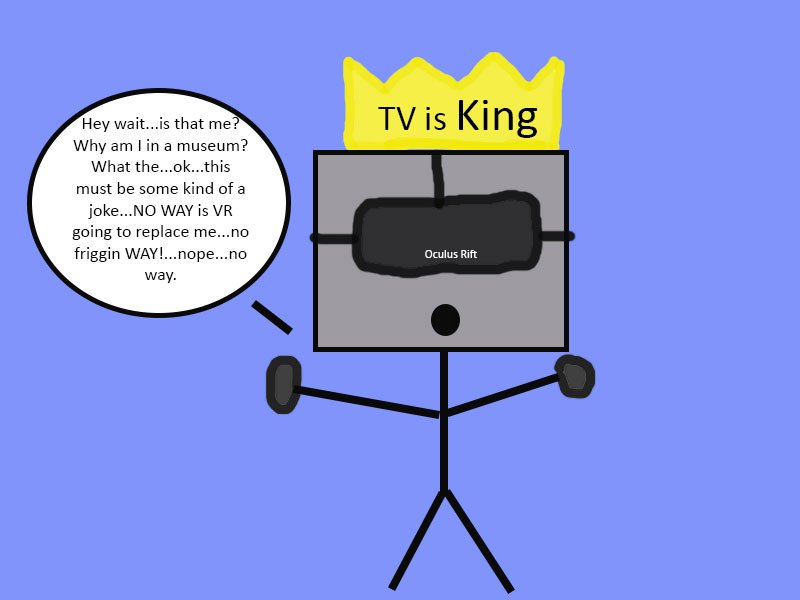For nearly 60 years, television has ruled the living room as the center of the home entertainment universe. But the emergence of media streaming services, like: Netflix, Youtube, and Amazon Instant Video, along with an ever-expanding global network delivering high-speed Internet service to the home, has revealed a growing number of threats to TV’s half a century long reign.
First, and foremost, as consumer behavior has adapted to the expanding role of the Internet as a vehicle for the delivery of media content, there has been a notable shift away from television as the primary viewing platform. This has been accompanied, and is in many ways symbolized, by the so-called, “[TV cable] cord cutting” movement we see growing in popularity throughout the world. It is now possible to watch “TV” programming on something other than a TV, such as a PC, tablet, or even a smartphone.
In saying this, we are giving form to a fundamental change now taking place which seeks to dismantle our decades old, TV-obsessed culture, and replace it with a spatial reconstruction in which television becomes just another option amongst a growing number of alternatives. In other words, with the emergence of app-based viewing platforms that rely on the Internet to deliver their content, the interdependent link between TV and the creation, consumption, and distribution of video media, including video games, has been broken.

Moreover, with the rapid development of virtual reality devices, such as Sony’s Playstation VR and Facebook’s Oculus Rift (see Figure 2), it is now possible to envision a future in which the television is supplanted by a far more immersive, and spatially practical, viewing paradigm. Some, of course, would disagree, claiming that, “Television technology, with its increasing resolutions and size, in addition to a recent industry-wide adoption of app-based viewing platforms, a feature of so-called, “SMART TVs”, will insure its status as the primary media viewing appliance both now and well into the foreseeable future.”
And yet, in highlighting the increasing size of television, proponents of the TV-centric, media-viewing household, give light to one of television’s greatest weaknesses, which also happens to be “its increasing size.” A simple maxim to describe the problem might be, “the larger the TV, the less practical it becomes to the majority of consumers.” The prima facie evidence for this statement is in the simple calculus of how many consumers, worldwide, have the available wall space to support the largest sized devices manufactured today, and at what point in that mathematical relationship is that number reduced to zero?
